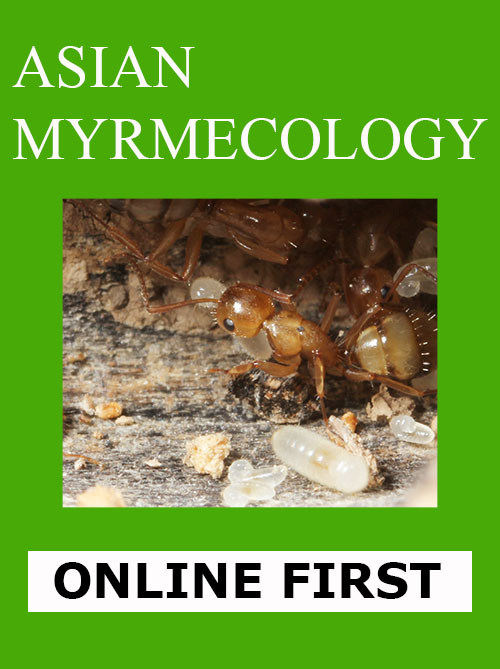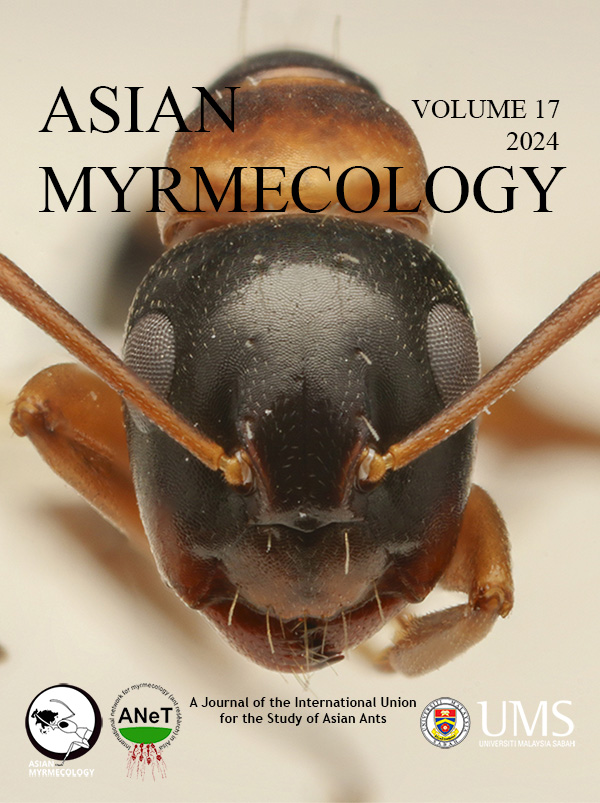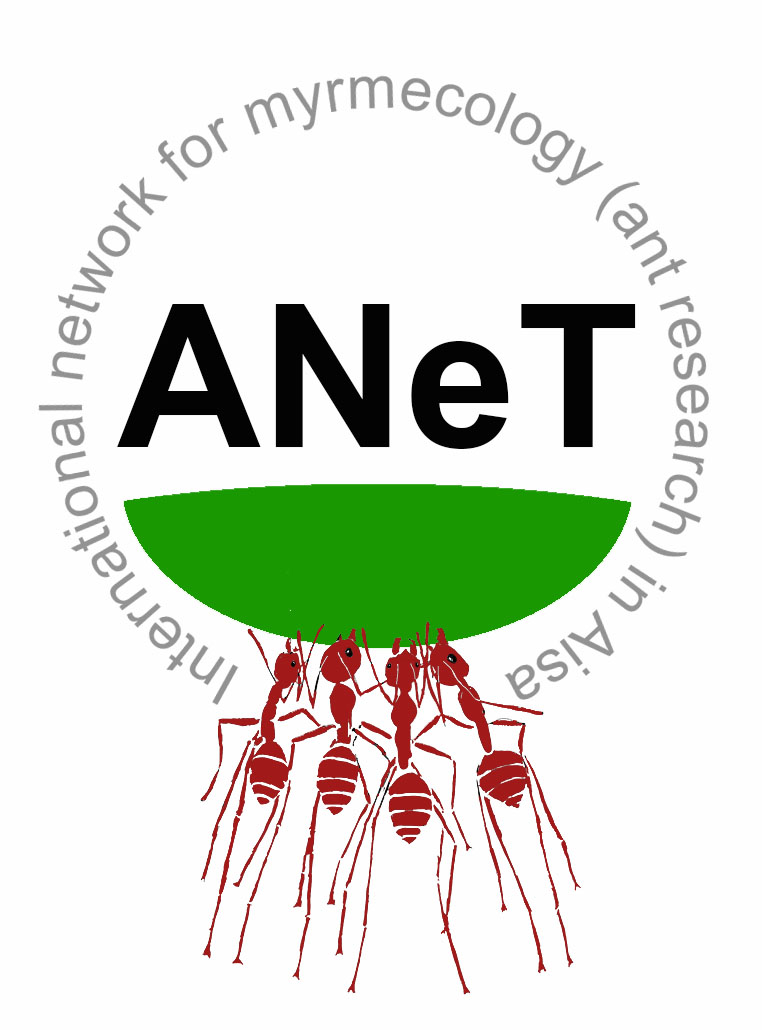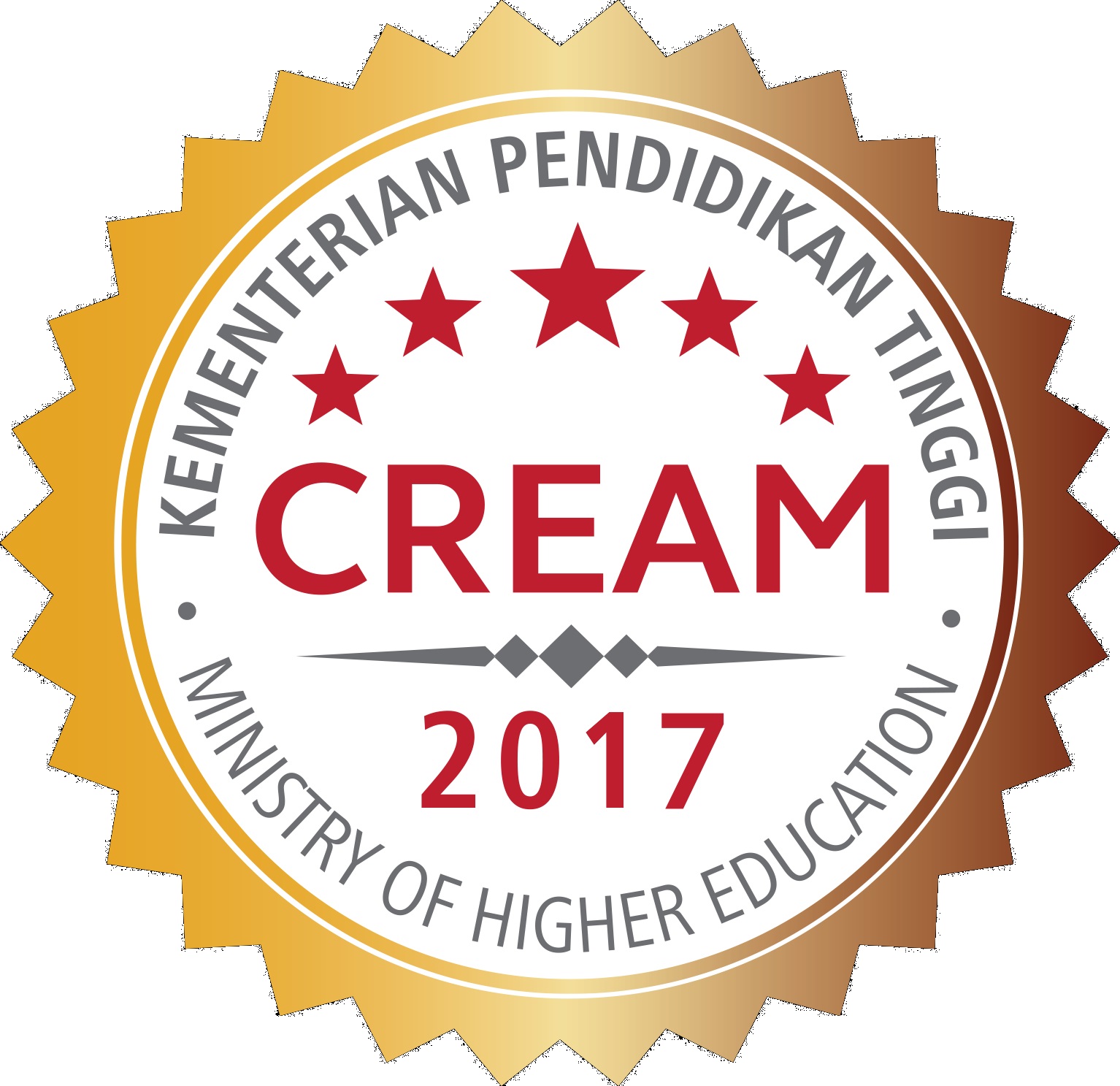ASIAN
MYRMECOLOGY
Image: François Brassard
online first (online version of paper published before print issue)
DOI: 10.20362/am.018005
Asian Myrmecology 18: 018005 (1-12)
article first published online: 3/June/2025
Age-dependent physiological changes and subcaste roles in a worker dimorphic ant Camponotus yamaokai
KOSHI KAWAMOTO1,2, KAZUMA CHIYODA3, KANATA SAKAYA INOUE3, SATOSHI KOYAMA3 & YASUKAZU OKADA1,2*
Abstract:
Some ants have morphologically distinct subcastes among workers, divided into minor workers, which are smaller, and major workers, which are larger and often have enlarged heads. Minor workers perform general tasks, while major workers often have more specialized roles, such as nest defense and nutritional storage. In addition to morphological caste differences, age plays an important role in polyethism. Generally, young workers having high fat mass become nurses, while old workers with reduced fat mass shift to foragers. However, few studies have examined the relationship between subcaste and age-dependent division of labor, and associated physiological changes. In this study, we used Camponotus yamaokai, which exhibits clear dimorphism among workers, to clarify the specialized roles of major workers in terms of behavior and physiology. We found that major workers rarely forage or leave the nest but instead defend the nest by plugging the nest entrance when heterospecific competitors are present in the feeding area. In histological observation of the lipid storage organ (i.e. fat body), minor workers showed a reduction in fat body size with aging, the typical of worker age-dependent changes. On the other hand, physiological changes with aging were minimal in major workers. These findings indicate that major workers of C. yamaokai maintain a stable, ‘young’ physiological state and are specialized for intranidal nest defense, rarely shifting to extranidal tasks with age.
Keywords:
lipid storage, trophocyte, oenocyte, Myrmamblys, Hymenoptera
Get PDF (1.6 MB) :
KOSHI KAWAMOTO1,2, KAZUMA CHIYODA3, KANATA SAKAYA INOUE3, SATOSHI KOYAMA3 & YASUKAZU OKADA1,2*
Abstract:
Some ants have morphologically distinct subcastes among workers, divided into minor workers, which are smaller, and major workers, which are larger and often have enlarged heads. Minor workers perform general tasks, while major workers often have more specialized roles, such as nest defense and nutritional storage. In addition to morphological caste differences, age plays an important role in polyethism. Generally, young workers having high fat mass become nurses, while old workers with reduced fat mass shift to foragers. However, few studies have examined the relationship between subcaste and age-dependent division of labor, and associated physiological changes. In this study, we used Camponotus yamaokai, which exhibits clear dimorphism among workers, to clarify the specialized roles of major workers in terms of behavior and physiology. We found that major workers rarely forage or leave the nest but instead defend the nest by plugging the nest entrance when heterospecific competitors are present in the feeding area. In histological observation of the lipid storage organ (i.e. fat body), minor workers showed a reduction in fat body size with aging, the typical of worker age-dependent changes. On the other hand, physiological changes with aging were minimal in major workers. These findings indicate that major workers of C. yamaokai maintain a stable, ‘young’ physiological state and are specialized for intranidal nest defense, rarely shifting to extranidal tasks with age.
Keywords:
lipid storage, trophocyte, oenocyte, Myrmamblys, Hymenoptera
Get PDF (1.6 MB) :
1Faculty of Science, Tokyo Metropolitan University, 1-1, Minamiosawa, Hachioji-shi, Tokyo 192-0364, Japan
2Graduate School of Science, Nagoya University, Furou-cho, Chikusa-ku, Nagoya, Aichi, Japan
3Graduate School of Agriculture, Tokyo University of Agriculture and Technology, 3-5-8 Saiwai, Fuchu, Tokyo, Japan
*Corresponding author: okayasukazu@gmail.com



